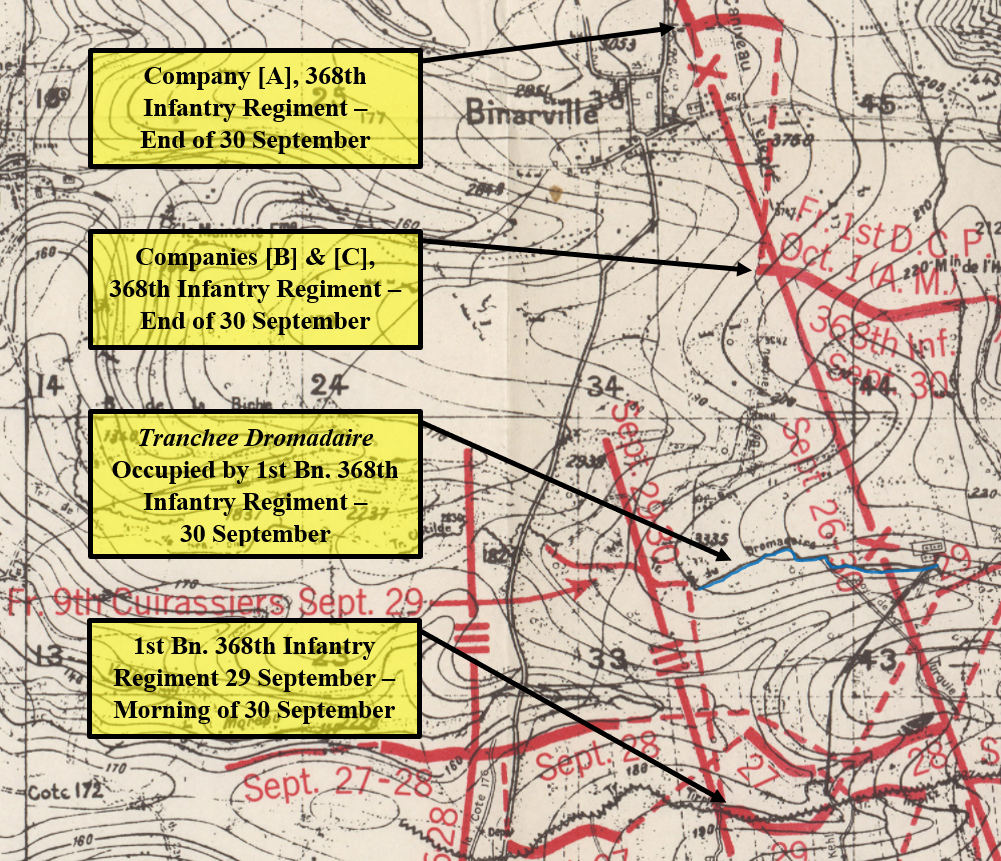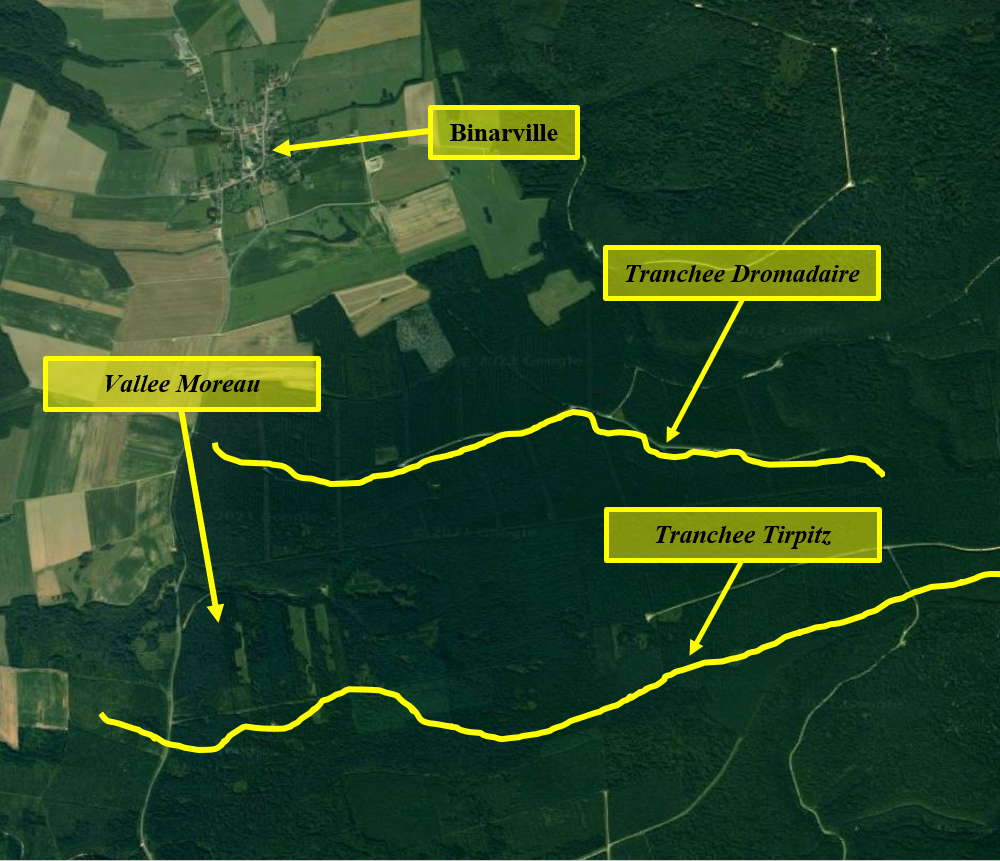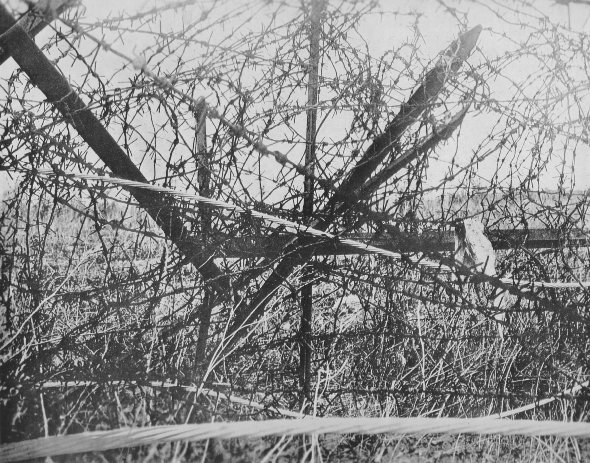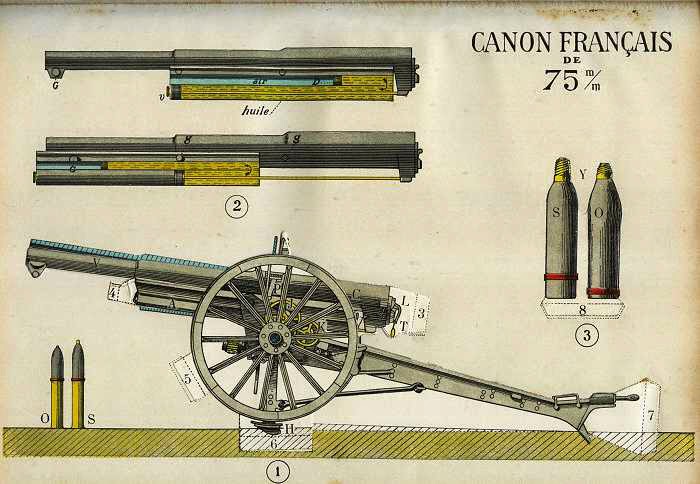Bernard Lewis
Bernard Lewis’ Personal Narrative was derived from information found in public records, military personnel files, and local/state historical association materials. Please note that the Robb Centre never fully closes the book on our servicemembers; as new information becomes available, narratives will be updated to appropriately represent the life story of each veteran.
Please contact the Robb Centre for further clarification or questions regarding content or materials.
Military Honor(s):
Distinguished Service Cross 8 November 1918
Citation: The President of the United States of America, authorized by Act of Congress, July 9, 1918, takes pleasure in presenting the Distinguished Service Cross to Private Bernard Lewis (ASN: 1799493), United States Army, for extraordinary heroism in action while serving with Company A, 368th Infantry Regiment, 92d Division, A.E.F., near Binarville, France, 30 September 1918. During an attack on Binarville Private Lewis volunteered to go down the road that leads into the village to rescue a wounded soldier of his company. To accomplish his mission he was compelled to go under heavy machine-gun and shell fire. In total disregard of personal danger he brought the wounded man safely to our lines.
Life & Service
- Birth: 20 October 1892, Washington, DC, United States
- Place of Residence:
- Race/Ethnicity: African American
- Death: 8 February 1941 Baltimore, MD, United States
- Branch: Army
- Military Rank: Corporal
- Company: [A]
- Infantry Regiment: 368th
- Division: 92nd
Personal Narrative
Unknown enlistment date. Private Lewis and his company left Hoboken, New Jersey on the U.S. Army Transport Ship George Washington on 15 June, 1918, arriving in Brest, France on 21 June, 1918. Private Lewis received the Distinguished Service Cross for his actions on 30 September, 1918 near Binarville, France;
“The President of the United States of America, authorized by Act of Congress, July 9, 1918, takes pleasure in presenting the Distinguished Service Cross to Private Bernard Lewis (ASN: 1799493), United States Army, for extraordinary heroism in action while serving with Company A, 368th Infantry Regiment, 92d Division, A.E.F., near Binarville, France, 30 September 1918. During an attack on Binarville Private Lewis volunteered to go down the road that leads into the village to rescue a wounded soldier of his company. To accomplish his mission, he was compelled to go under heavy machine-gun and shell fire. In total disregard of personal danger, he brought the wounded man safely to our lines”. Awarded DSC by CG, AEF, November 8, 1918. Published in G.O. No. 127, W.D., 1918.
Private Lewis was transferred to an American hospital in France for unknown reasons and unspecified amount of time. Private Lewis sailed from Brest, France, on the U.S. Army Transport Ship U.S.S. Harrisburg on 13 February, 1919, arriving at Camp Upton, New York, on 19 February, 1919. Lewis was Honorably Discharged at Camp Upton on an unknown date.
Private Bernard Lewis served with the Company [A], 1st Battalion, 368th Infantry Regiment, 92nd Division. At the time of his act of valor, his Regiment was a part of Groupement Durand, a Franco-American Liaison Group. The following is his story.
Binarville – 29-30 September
28 September, 1918
At the beginning of the Meuse-Argonne Offensive, much of the 92nd Division was kept in reserve of the American 1st Army. However, the 368th Infantry Regiment and two companies of the 351st Machine-Gun Battalion were split from the rest of their division and partnered with a regiment from the French 11th Cuirassiers to form Groupement Durand. Under the command of French Colonel Rene Durand, Groupement Durand’s purpose was to fill the gap between the American 1st Army and the French 4th Army so as to maintain liaison between these forces. However, in order to do accomplish this task, Groupement Durand would have to establish a strong frontline against the German forces South of the French village of Binarville and maintain these lines while advancing across nearly 3 miles of barbed wire, old trenches, and overgrown forest.
To make matters worse, the 368th Infantry Regiment began the operation while suffering from a severe supply shortage, including a lack of safe drinking water and offensive equipment, such as Chauchat automatic rifles, grenades, and heavy wire-cutters. Facing such severe disadvantages, it is unsurprising that over the first two days of the offensive, the 368th not only struggled to make gains against the Germans, but completely failed to maintain contact with the American 77th Division to their right.
While 2nd and 3rd Battalions, 368th Infantry Regiment, where able to make strong gains on 27 September, by the morning of 28 September the companies of these Battalions were in varying states of disorganization. 3rd Battalion, the more organized of the two, resumed their advance early in the day and continued to make good progress toward their ultimate objective of Binarville with support from the French 10th Dragoons and their artillery. However, 2nd Battalion began the day with its companies dispersed over a wide area and spent most of the morning reorganizing behind friendly lines. Consequently, as 3rd Battalion continued to advance, its right flank became increasingly vulnerable.
First at 1125 Hours (11:25 AM) and again at 1230 Hours (12:30 PM), Colonel Fred Brown, commanding officer of the 368th Infantry Regiment, sent urgent orders to Major Max Elser, who was commanding 2nd Battalion, to begin his advance at once to cover 3rd Battalion’s flank. However, when 2nd Battalion finally did resume forward movement, German machine-gun fire saturated the field and their advance ground to a halt roughly half a mile from their starting point. This put 2nd Battalion just north of Tranchee Tirpitz, which they had captured the day prior, but was an insufficient gain to cover the advance of 3rd Battalion. As a result, the 368th Infantry Regiment’s attack ground to a halt and 3rd Battalion was slowly forced to concede some of the ground they had taken that morning. Though further patrols and attacks would be made throughout the afternoon, the Germans counterattacked in the evening and forced the 368th Regiment to adopt a defensive disposition for the night.
That night, extensive reorganization of Groupement Durand had to be made. Doubtlessly frustrated by Major Elser’s performance, Colonel Brown sacked his subordinate officer and transferred command of 2nd Battalion to Captain James T. Burns. Additionally, 1st Battalion was moved from the reserves to relieve 2nd and 3rd Battalions, and a unit from the French 9th Cuirassiers was moved to reinforce Groupement Durand in the 368th Regiment’s sector. Regardless, the French judged that nearly two-thirds of the 368th Infantry Regiment could no longer be used in combat and, over the coming days, began to minimize its participation in frontline activities.
29 September, 1918
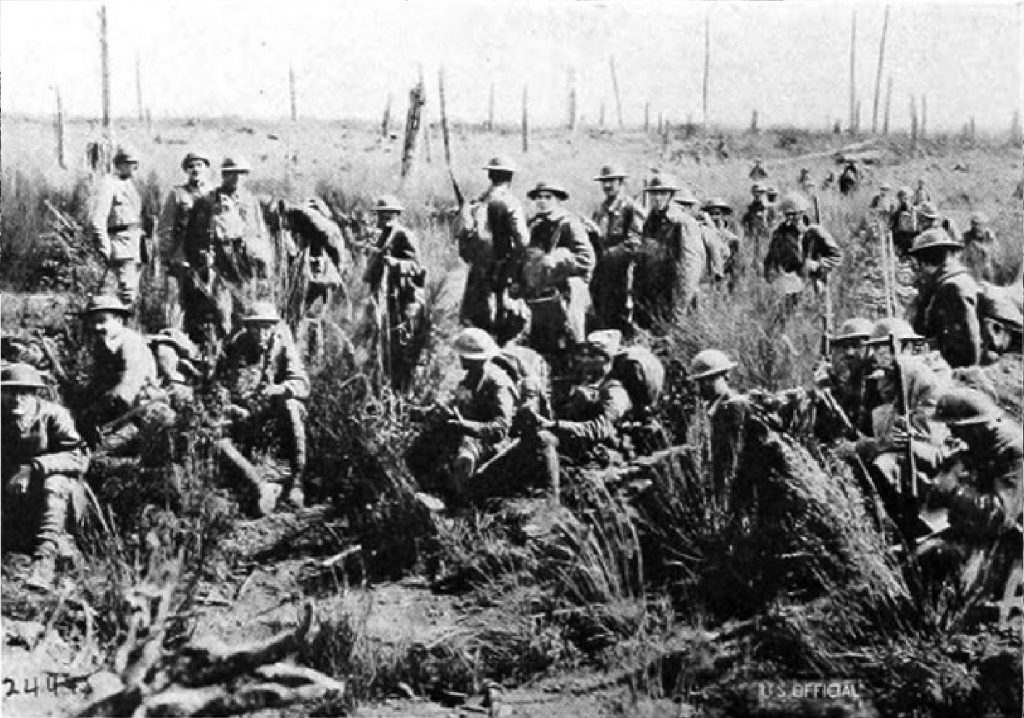
U.S. Official Photo. Grim Business in the Argonne. A Unit of the 307th Infantry Waiting Orders to “Mop Up”
Much of the morning of 29 September was spent reorganizing Groupement Durand’s front. 2nd & 3rd Battalions were relieved by 1st Battalion and the French 9th Cuirassiers arrived and began preparations to attack Tranchee de Dromadaire alongside the American 77th Division on the right. 1st Battalion, 368th Infantry Regiment, also began preparations to advance but the order to actually move out was never given. Thus, when the 9th Cuirassiers and 77th Infantry began their attack at 1800 Hours (6:00 PM), the men of 1st Battalion simply stood-by and watched. That night, after the 9th Cuirassiers and 77th Division successfully captured sections of Tranchee de Dromadaire, the Germans opposing them withdrew to the defensive works in and around Binarville.
On the Allied side, the decision was made to transfer the 92nd Division, with the exception of the 167th Artillery Brigade, 317th Engineers, and 183rd Infantry Brigade, to the command of the French XXXVIII Corps, French 4th Army. Further, the strong gains made by the French 4th Army and American 1st Army in other sectors of the Meuse-Argonne front had succeeded in shortening the Allied lines, and the gap between these armies that Groupement Durand had been created to fill was rapidly decreasing in size. Thus, the 368th Infantry Regiment, which had already been under French command as a part of Groupement Durand, was expected to rejoin the 184th Infantry Brigade, 92nd Division, at their new rallying point south of the Biesme River, a tributary of the Aisne. However, while the orders for the 368th Infantry Regiment to withdraw from the frontline were sent out the following morning, these orders did not reach 1st Battalion, of which then Private Bernard Lewis was a member.
30 September, 1918

Members of the 368th Infantry Regiment advancing along a camouflaged road, near Binarville, on 1 October, 1918.
On the morning of 30 September, 1st Battalion sent out regular reconnaissance patrols toward Tranchee de Dromadaire, which they found had been abandoned. Seizing the initiative, Colonel John Merrill gave the order for Companies [A], [B], and [C] to take the empty section of Tranchee Dromadaire to their front. At 1200 Hours, the men of 1st Battalion watched as a rolling barrage cleared the way for the 9th and 11th Cuirassiers’ final push on Binarville, which was also observed. Absent orders of his own, Colonel Merrill was left with a difficult choice: He could either hold his position in accordance with his last received orders, or he could order his men to join the attack on Binarville, orders or not. Believing that his own orders to attack may have been delayed, Merrill chose the latter.
At 1400 Hours (2:00 PM), the forward companies of 1st Battalion, 368th Infantry Regiment, sallied out from their trenches and joined the 9th Cuirassiers in the capture of Binarville. Heavy fire from German artillery and machine-guns tore at the fields around the town through the afternoon, wounding or claiming the lives of many soldiers as they moved through no-man’s-land. During [A] Company’s advance, one such man from then Private Bernard Lewis’ unit met such an unfortunate fate, and was badly wounded by enemy fire. When the call went out for volunteers to rescue the wounded man, Lewis volunteered himself. In a mad-dash through enemy fire, Private Lewis ran down the road leading into town, where the man had been hit. However, getting to the wounded soldier was the easy part – difficulty arose in getting not just the wounded man but himself back to shelter as well. Though bullets filled the air and the pounding of artillery shook the muddy soil beneath the brave man’s feet, every step he took brought them that much closer to safety. At last, Lewis’ courage brought him success – he carried the wounded man back to friendly lines and lived to tell the tale.
In recognition of his outstanding courage, Private Bernard Lewis was awarded the Distinguished Service Cross on November 8, 1918, under General Orders No. 127.
Lewis was incarcerated in the D.C. Workhouse and Reformatory Prison, an agricultural training facility, in Washington, D.C. in 1920 for an unknown period of time. Bernard’s whereabouts are unknown between 1920-1940; he died on 8 February, 1941 in Baltimore, Maryland, the result of a homicide. Bernard left no spouse or children.
